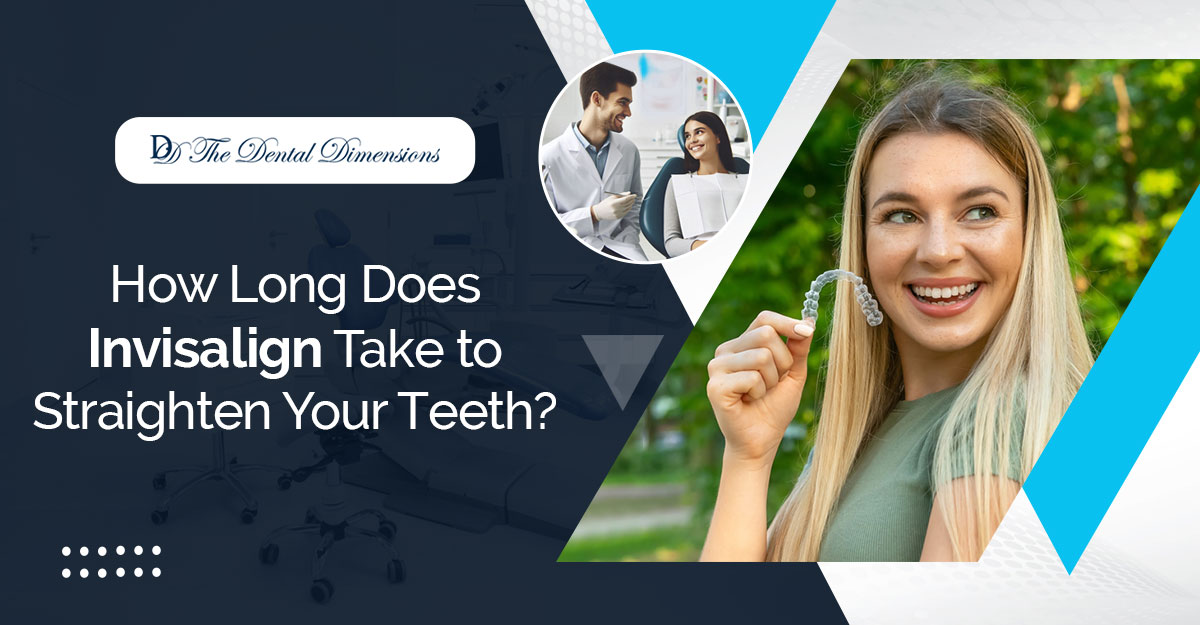Are you searching for the best dentist in South San Jose 95123?
Are you wondering where to find quality dental care in 95123 that fits your needs and budget?
Do you need a gentle and experienced dentist to take care of your smile?
If yes, you’re in the right place! At The Dental Dimensions, we provide high-quality, affordable, and pain-free dental care for individuals and families in South San Jose, 95123. Whether you need routine cleanings, cosmetic dentistry, or emergency dental care, we’ve got you covered!
In this guide, we’ll help answer the most common questions people ask when searching for the best dentist in 95123 and why The Dental Dimensions is your top choice.
1. How Do I Choose the Best Dentist in South San Jose 95123?
Choosing a dentist is an important decision for your oral health. Here are some key factors to consider:
- ✅ Experience & Expertise – Does the dentist have a strong reputation and years of experience?
- ✅ Comprehensive Services – Can you get preventive, cosmetic, and restorative treatments in one place?
- ✅ Patient Comfort – Does the clinic offer a stress-free and pain-free experience?
- ✅ Advanced Technology – Do they use modern techniques for better results?
- ✅ Insurance & Affordability – Does the clinic accept insurance and provide flexible payment options?
At The Dental Dimensions, we check all these boxes, ensuring top-notch dental care tailored to your needs.
2. What Services Does a Dentist in 95123 Offer?
A great dentist should provide comprehensive dental services under one roof. At The Dental Dimensions, we offer:
- ✔ Preventive Dentistry – Regular checkups, cleanings, fluoride treatments, and sealants
- ✔ Cosmetic Dentistry – Teeth whitening, veneers, and smile makeovers
- ✔Restorative Dentistry – Dental implants, crowns, and bridges
- ✔ Orthodontics – Invisalign and braces for a straighter smile
- ✔ Emergency Dental Care – Quick treatment for toothaches, broken teeth, and dental injuries
- ✔ Children’s Dentistry – Kid-friendly care for a lifetime of healthy smiles
Whether you need a simple cleaning or a complete smile
transformation, our experienced team is here to help!
3. Why Do People in South San Jose Choose The Dental Dimensions?
Trusted & Experienced Dentists
Our skilled dentists have years of experience in treating patients with gentle and effective dental care.
State-of-the-Art Technology
We use modern dental technology to provide fast, safe, and precise treatments, ensuring the best outcomes.
Patient Comfort & Painless Treatment
We understand that many people feel anxious about visiting the dentist. That’s why we prioritize gentle and pain-free treatments to ensure you feel at ease.
Affordable & Insurance-Friendly
We believe dental care should be accessible to everyone. We accept most insurance plans and offer flexible payment options.
Convenient Location & Flexible Appointments
Located in South San Jose 95123, we offer same-day appointments and flexible scheduling to fit your busy lifestyle.
4. What Do Patients Say About The Dental Dimensions?
⭐⭐⭐⭐⭐ “Best dentist in South San Jose! I was nervous about my treatment, but the team made me feel so comfortable. Highly recommend!” – Sarah L.
⭐⭐⭐⭐⭐ “The Dental Dimensions provides excellent care at an affordable price. The staff is super friendly and professional.” – Jason P.
⭐⭐⭐⭐⭐“I finally found a dentist I can trust. My teeth look amazing after my Invisalign treatment!” – Emily R.
5. How Can I Book an Appointment?
If you’re looking for the best dentist in 95123, we’d love to help you achieve a healthy and beautiful smile!
Visit Us: [The Dental Dimensions, South San Jose 95123]
Call Us: (408) 225-6815
Don’t wait until a dental issue becomes a serious problem. Schedule your appointment today and experience the best dental care in South San Jose 95123!












